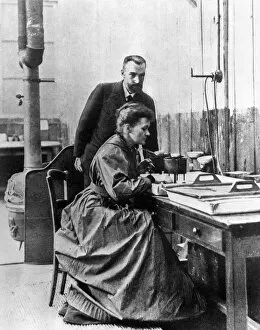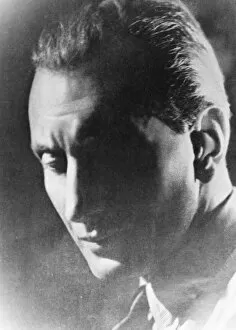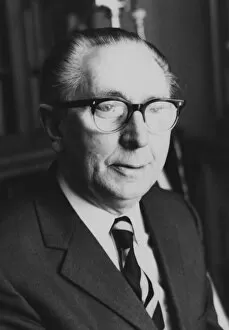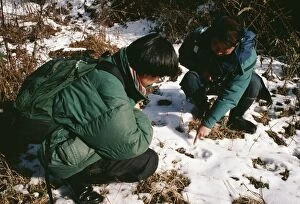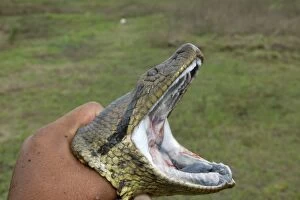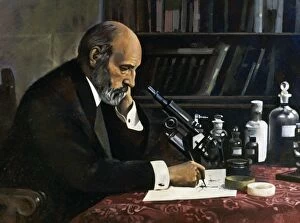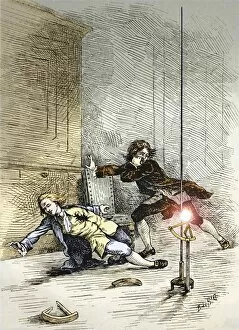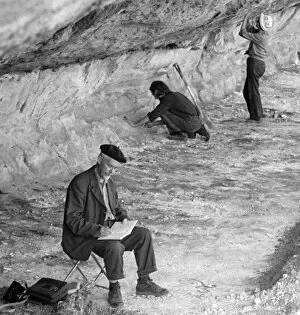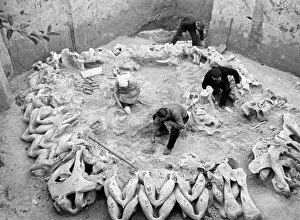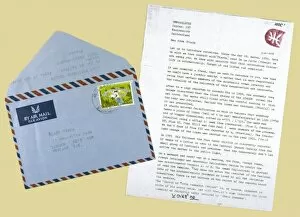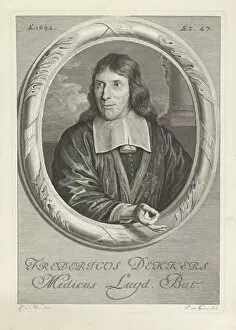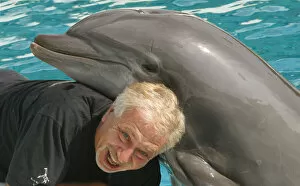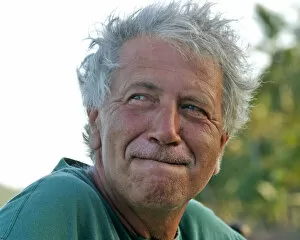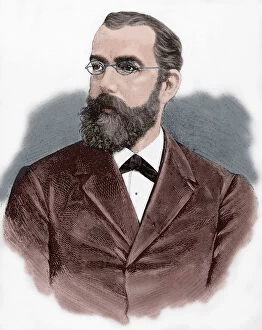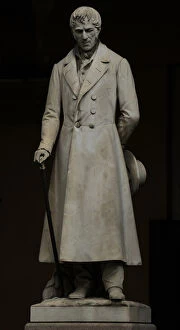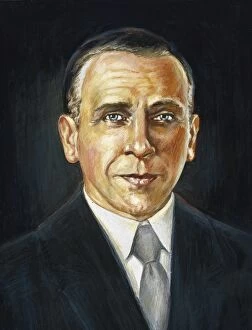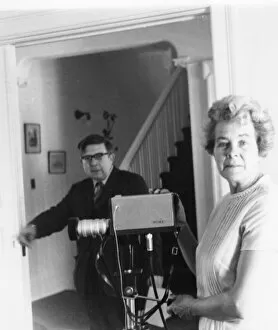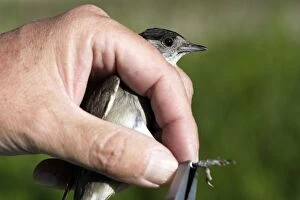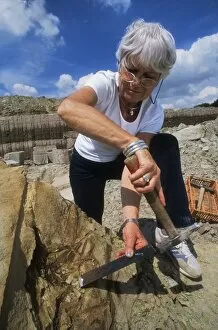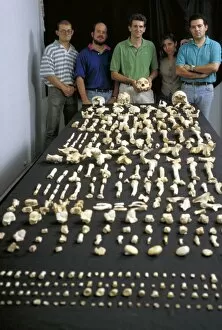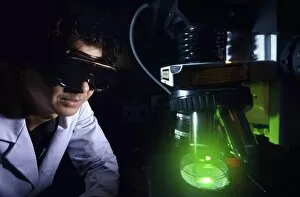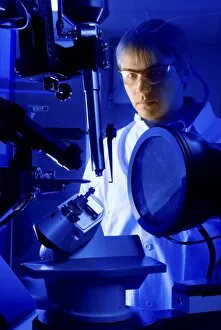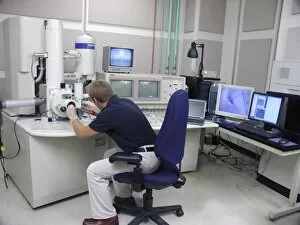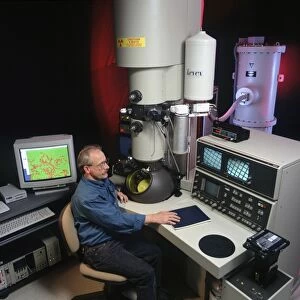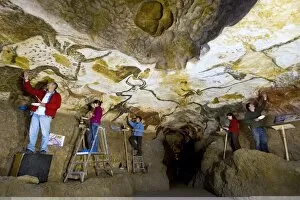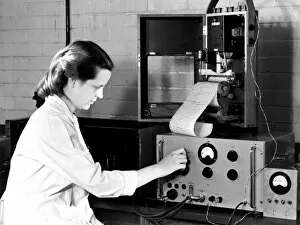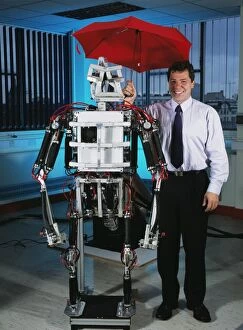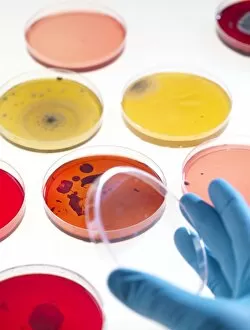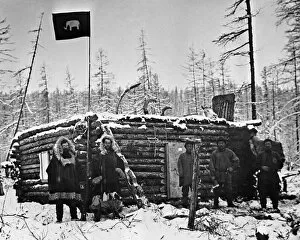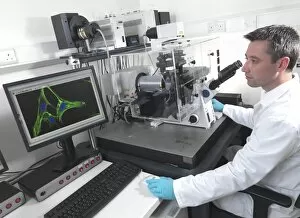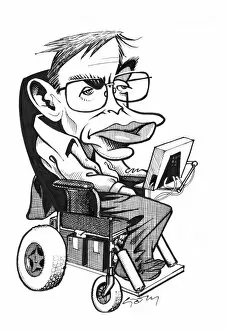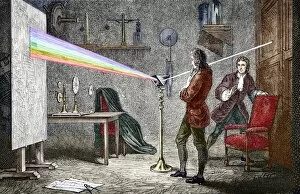Researcher Collection (#3)
In the vast realm of knowledge, the researcher stands as a beacon of discovery and enlightenment
For sale as Licensed Images
Choose your image, Select your licence and Download the media
In the vast realm of knowledge, the researcher stands as a beacon of discovery and enlightenment. Armed with determination and an insatiable curiosity, they embark on a journey to unravel the mysteries that surround us. Since its inception in 1954, the mass spectrometer has been an invaluable tool for researchers worldwide. With its ability to analyze chemical compounds at a molecular level, it has paved the way for groundbreaking discoveries across various scientific disciplines. One cannot discuss researchers without mentioning Marie Curie, the Nobel Prize-winning Polish scientist who revolutionized our understanding of radioactivity. Her relentless pursuit of knowledge not only shattered gender barriers but also laid the foundation for advancements in nuclear physics and medicine. Another remarkable figure is Pierre Teilhard de Chardin, a French philosopher and theologian whose research delved into reconciling science and spirituality. His profound insights challenged conventional thinking and inspired generations to explore new frontiers where faith meets reason. The Library of Congress, established in the 1870s, serves as a treasure trove for researchers seeking historical documents and rare manuscripts. Within its hallowed halls lie countless stories waiting to be unearthed by those eager to piece together humanity's past. Edwin Hubble, an esteemed US astronomer known for his work on galaxies beyond our own Milky Way, expanded our cosmic horizons through his observations using powerful telescopes like C008 / 8831. His discoveries forever changed our perception of space and time. Advancements in nuclear fusion have long fascinated researchers striving towards clean energy solutions. The Tokamak-15 nuclear fusion reactor (C013 / 1348) represents their tireless efforts to harness this incredible power source that could potentially transform our world. Brian Cox's caricature captures both his charismatic persona as well as his role as a renowned physicist communicating complex concepts with infectious enthusiasm. As both researcher and communicator extraordinaire, he inspires countless individuals to embrace science's wonders.

